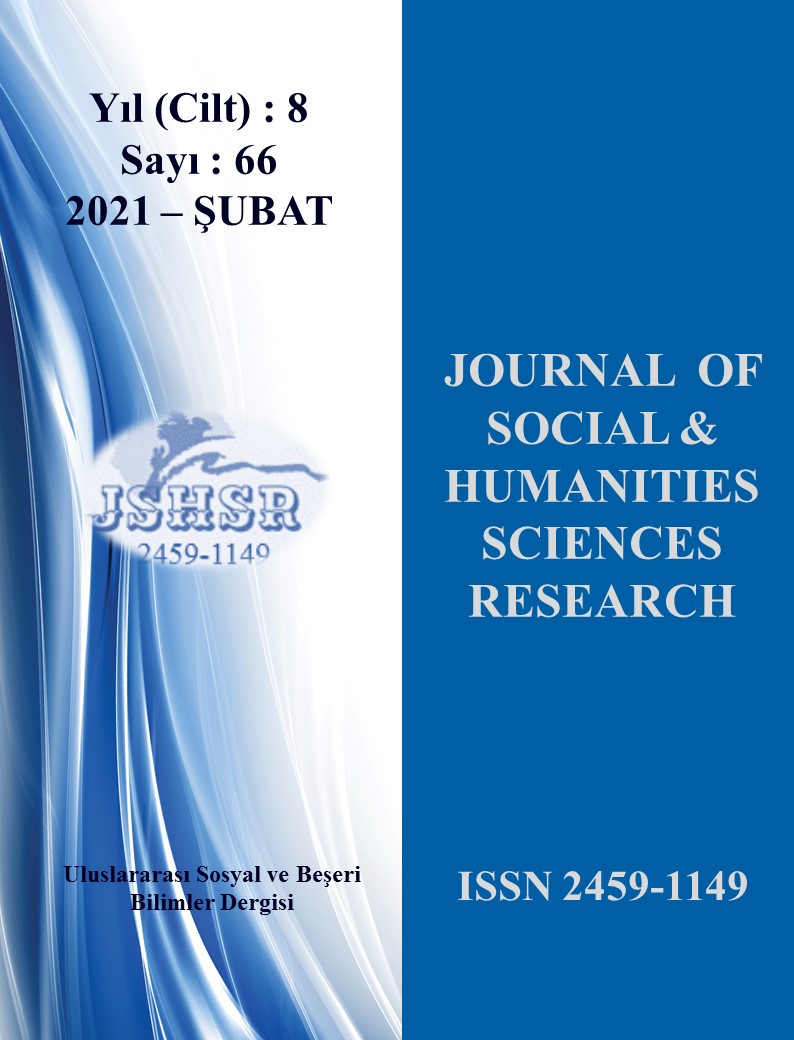EPIDEMIC DISEASES AND CHANGE IN THE HISTORICAL PROCESS: ARCHITECTURE AND CITY AFTER COVID-19
DOI:
https://doi.org/10.26450/jshsr.2323Keywords:
Epidemic, Architecture, City, COVID-19, Strategy-Action, SustainabilityAbstract
Developing technologies, industrialization, population growth and migration have led to the rapid growth of the cities we live in and the formation of regions with high housing density. Urban infrastructure and unplanned use of resources have paved the way for the formation of unhealthy cities in these concentration regions by ignoring the nature-human phenomena. The increase in the population density in the developing cities with the effect of industrialization, air pollution, congestion, traffic, deterioration of infrastructure and ecosystem balance, as well as serious problems in terms of epidemics. While cities are in search of solutions to urban-spatial problems within the scope of New Urbanism, especially after 1990, while discussing how cities should be shaped in the future, social contact etc. with COVID-19. With the inclusion of concepts in planning and design, it should move towards more complex new spatial strategies. In this context, the aim of the study is; To examine the changes brought by the epidemic diseases encountered in the past to the architecture and cities, and to develop sustainable spatial strategies about the architecture and urban planning of the future after COVID-19 based on the impressions of the examples of our country and the cities of the world. In the study, architectural and urban solutions for COVID-19 are sought under three headings: analysis-synthesis relationship and result-oriented structural approach, urban approach and complementary approach actor/ stakeholder relationship strategy-action evaluations are made for their realization.
Downloads
Published
How to Cite
Issue
Section
License
Copyright (c) 2021 INTERNATIONAL JOURNAL OF SOCIAL HUMANITIES SCIENCES RESEARCH

This work is licensed under a Creative Commons Attribution 4.0 International License.


